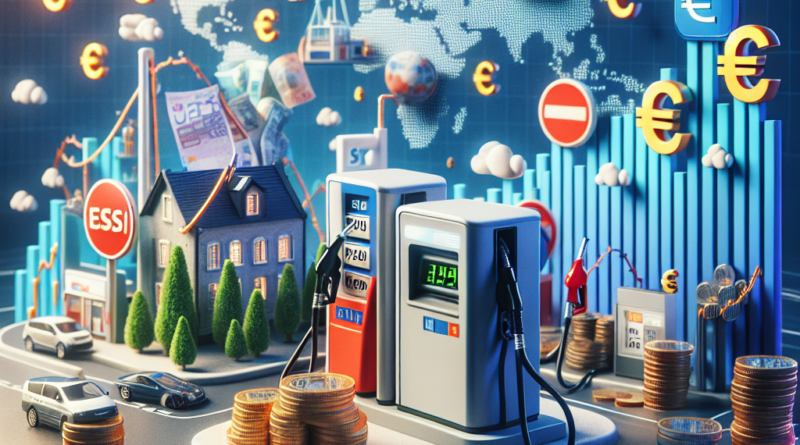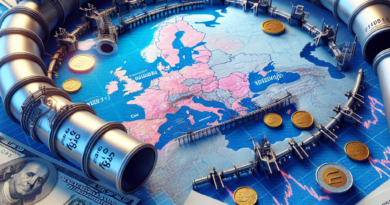Europe: Gas Prices Soar to 2024 Highs. What’s Happening?
The Return of Rising Gas Prices in Europe
Once again, Europe is facing the nightmare of increasing gas prices, highlighting how the old continent is still too vulnerable to external and geopolitical shocks for its energy security.
Dutch natural gas futures have risen by over 5% to €38.5 per megawatt-hour between yesterday and today, reaching an eight-month high.
Geopolitical Tensions Impacting Prices
Reports of intense battles in the Russian region of Kursk, near a major gas transmission hub, have driven the surge in gas prices.
Despite the skirmishes near the Russian city of Sudzha, where the gas flows into Ukrainian territory, the Ukrainian operator confirmed that Russian natural gas continued to transit normally through Ukraine.
Since July 26, natural gas prices in Europe have surged by about 20% due to growing tensions in the Middle East, raising concerns about potential supply disruptions.
Additionally, upcoming hot weather forecasts for next week are expected to boost demand in the energy sector.
Europe’s Sensitivity to Supply Risks
Gas prices in Europe are highly sensitive to any perceived supply risks, especially at a time when global competition for liquefied natural gas is increasing.
Although the recent price hike is not a true alarm thanks to full storages, it remains a warning for the continent.
Ukrainian Seizure Impacts Gas Prices
The news of Ukrainian forces seizing a crucial gas transit point near the Russian border has had a fatal impact on the gas market.
Dutch gas futures for September delivery traded at over €38 per megawatt-hour, maintaining yesterday’s gains.
According to reports, unofficial Russian military blog Rybar claimed that Ukrainian troops captured the gas off-take point near the town of Sudzha.
Sudzha station is part of the remaining gas pipeline link that transports Russian gas to Europe through Ukraine.
Uncertainty Regarding Russian Gas Supply
It remains unclear whether Gazprom will choose to continue sending flows through Sudzha, now that it has effectively been captured by Ukraine.
The Russian state giant has not released any official statements.
Austria and Slovakia are the main remaining importers of Russian gas in Europe, after Gazprom reduced supplies to Germany and other countries two years ago.
Challenges for Gas Transit Agreements
Gas flows are expected to stop when a transit agreement expires at the end of this year, although European officials have been in talks to maintain the gas flow through the pipeline.
Austria and Slovakia have previously secured alternative supplies.
It is worth noting that the only other major entry point for Russian gas into Ukraine, Sokhranovka, was taken out of service in May 2022.
Potential Energy Crisis in Europe?
The gas price situation in Europe is being closely monitored, although a full-blown energy crisis seems to be averted.
Gas reserves are currently in good condition, with levels above 86% and nearing the 90% target for November 1st.
While there is no immediate crisis, gas prices are expected to rise further by the end of this quarter and over the next year, according to trading models and analyst expectations.




